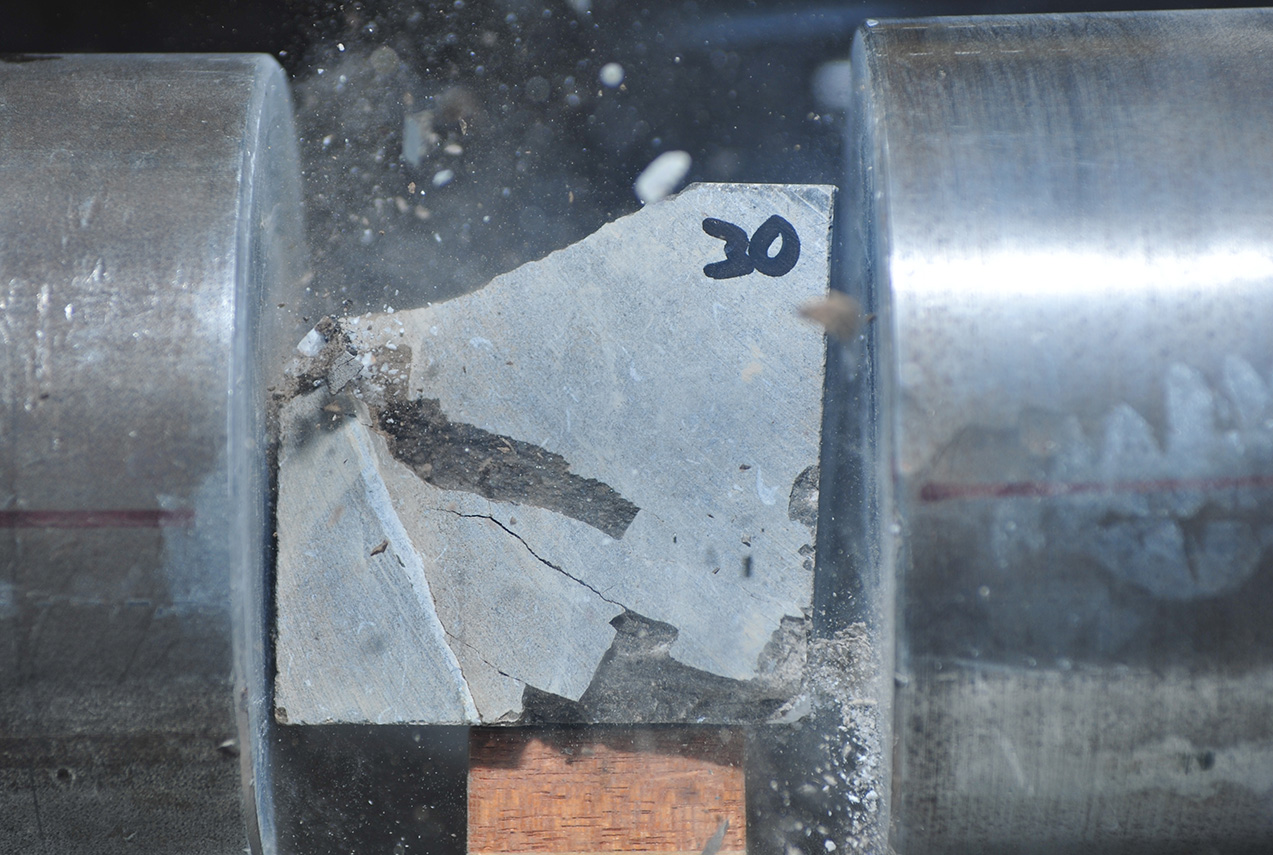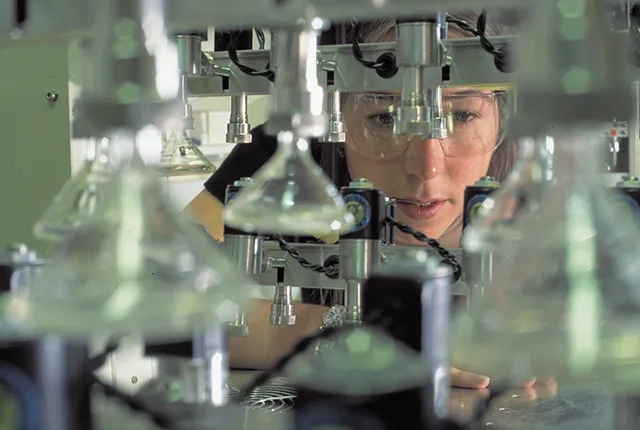The physical structure of soil determines the rates at which water, nutrients and air moves through the soil profile and is the support structure for soil fauna, flora and microbial life. Knowledge of the nature and the components that make up the physical structure of soils is important in understanding the processes and functioning of different soil types.
Soil physical measurements
The facility has a Beckman Coulter LS 13320 laser diffraction particle size analyser which operates over a particle size range of 0.0399 to 2000 µm. Dry sieving is used to integrate particles > 2000 µm. The removal of soil organic matter is required prior to analysis, which is undertaken in house.
Soil aggregate formation is key to delivering good soil physical structure, helping to provide structure for water and nutrient movement band the protection of soil organic matter from decomposition. Thus the ability of aggregates to withstand disaggregation is an important factor in delivering good soil structure. Mineralogy and soil organic matter are important controlling influences. We have developed methods to use the Beckman Coulter LS 13320 laser diffraction particle size analyser to carry out aggregate stability measurements. Analysis is usually undertaken on 1–2 mm macro-aggregates, but other aggregate sizes can be measured. The advantage of this technique is that a consistent amount of energy is imparted to the particles undergoing analysis, allowing for reproducible measurements.
For field analysis of compacted soils the Soil Physics Facility has a Penetrometer logger with GPS to enable spatial surveys of soil compaction to take place.
The lab also has experience of implementing and running networks of soil moisture sensors to understand the influence of moisture on soil functioning. Modelling sensor results using Hydrus 1D is also undertaken.
Additional facilities
In addition to soil physical measurements, the facility offers or can access a range of complementary analyses to describe the degree to which soil organic matter is decomposed. These are typically rapid scanning or analysis techniques that provide qualitative estimates of properties but are useful as additional variables, particularly in developing models. Techniques include mid- and near-infrared scanning of soil particles (within the Organic Geochemistry Facility), as well as the use of laser fluorescence analysis of soils to identify the ‘humification index’.
The facility offers a range of chemical measurements including soil extractions. Assays include:
- isotopic dilution techniques for assessing the ‘reactive pools’ of trace metals in soils
- soil pore-water extraction techniques for measuring solution concentrations of elements allowing speciation using arrange of models
- extractions in soils and sediments for key elements such as phosphorus
Relative topics
You may also be interested in

Science facilities
BGS operates and maintains a wide range of state-of-the-art laboratories and other facilities, which underpin virtually all of our research.

Centre for Environmental Geochemistry
Focusing on the use of geochemistry in research, training and teaching.


